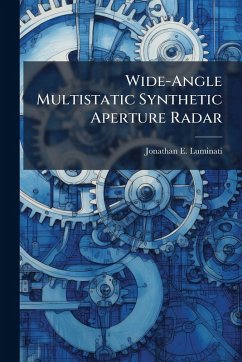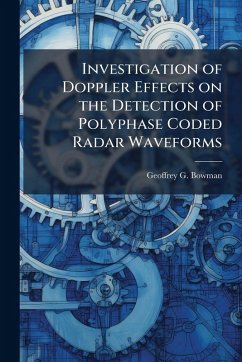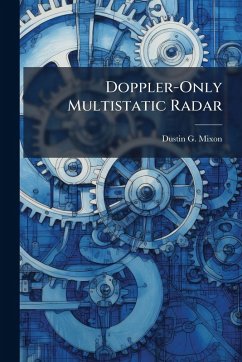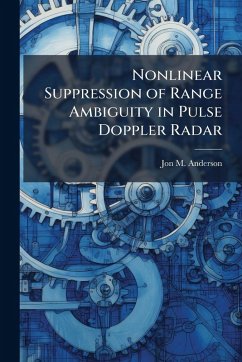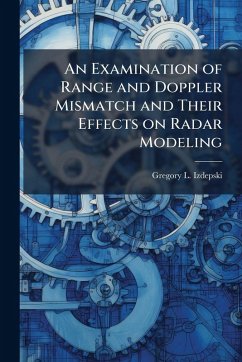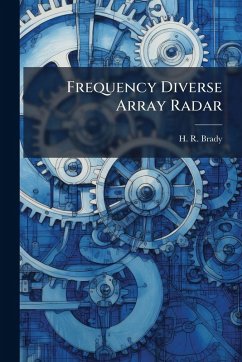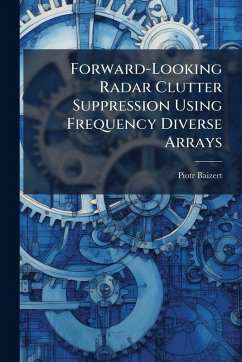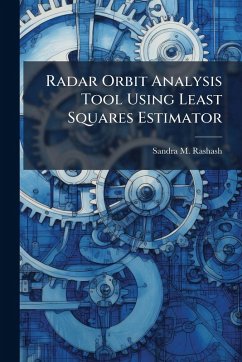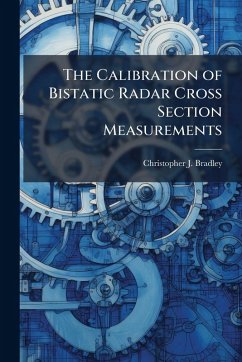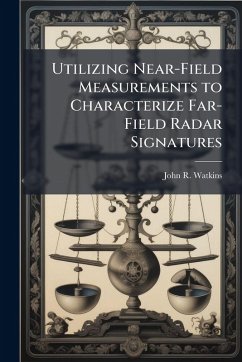
Doppler Aliasing Reduction in Wide-Angle Synthetic Aperture Radar Using Phase Modulated Random Stepped-Frequency Waveforms
Versandkostenfrei!
Versandfertig in über 4 Wochen
15,99 €
inkl. MwSt.
Weitere Ausgaben:

PAYBACK Punkte
8 °P sammeln!
This research investigates the benefits of using several phase modulated Random Stepped Frequency (RSF) waveforms in a Wide-Angle Synthetic Aperture Radar (WA-SAR) scenario. RSF waveforms have been demonstrated to have desirable properties which allow for cancelling of Doppler aliased scatterers in WA-SAR images. Additional aliased energy reduction is realized by improving the uniformity of the fre- quency coverage across the waveform's bandwidth. Phase code modulations applied to the subpulses of a RSF waveform spread the subpulse frequency content and im- prove WA-SAR image quality. A length...
This research investigates the benefits of using several phase modulated Random Stepped Frequency (RSF) waveforms in a Wide-Angle Synthetic Aperture Radar (WA-SAR) scenario. RSF waveforms have been demonstrated to have desirable properties which allow for cancelling of Doppler aliased scatterers in WA-SAR images. Additional aliased energy reduction is realized by improving the uniformity of the fre- quency coverage across the waveform's bandwidth. Phase code modulations applied to the subpulses of a RSF waveform spread the subpulse frequency content and im- prove WA-SAR image quality. A length 13 Barker code applied to a RSF waveform produces an image with a 91.95% reduction in the aliased energy present relative to a WA-SAR image produced using uncoded RSF. Length 25 Frank and P4 coded RSF waveforms reduce aliased energy by 96.65% and 96.72% respectively. Additionally, phase coded RSF waveforms produce images with improved noise-free dynamic range capabilities. The Barker, Frank and P4 coded waveforms improve the noise-free dynamic range by 9.4 dB, 12.6 dB, and 12.4 dB, respectively. This work has been selected by scholars as being culturally important, and is part of the knowledge base of civilization as we know it. This work was reproduced from the original artifact, and remains as true to the original work as possible. Therefore, you will see the original copyright references, library stamps (as most of these works have been housed in our most important libraries around the world), and other notations in the work. This work is in the public domain in the United States of America, and possibly other nations. Within the United States, you may freely copy and distribute this work, as no entity (individual or corporate) has a copyright on the body of the work. As a reproduction of a historical artifact, this work may contain missing or blurred pages, poor pictures, errant marks, etc. Scholars believe, and we concur, that this work is important enough to be preserved, reproduced, and made generally available to the public. We appreciate your support of the preservation process, and thank you for being an important part of keeping this knowledge alive and relevant.



